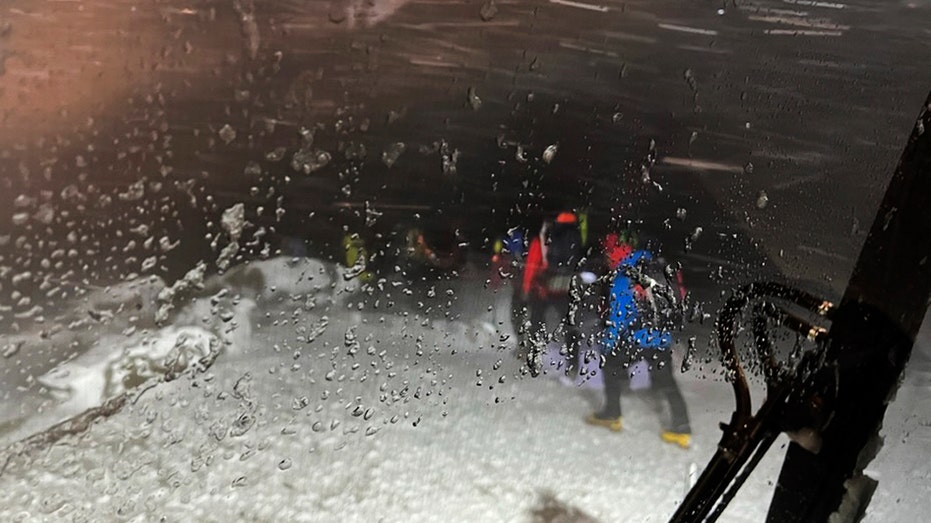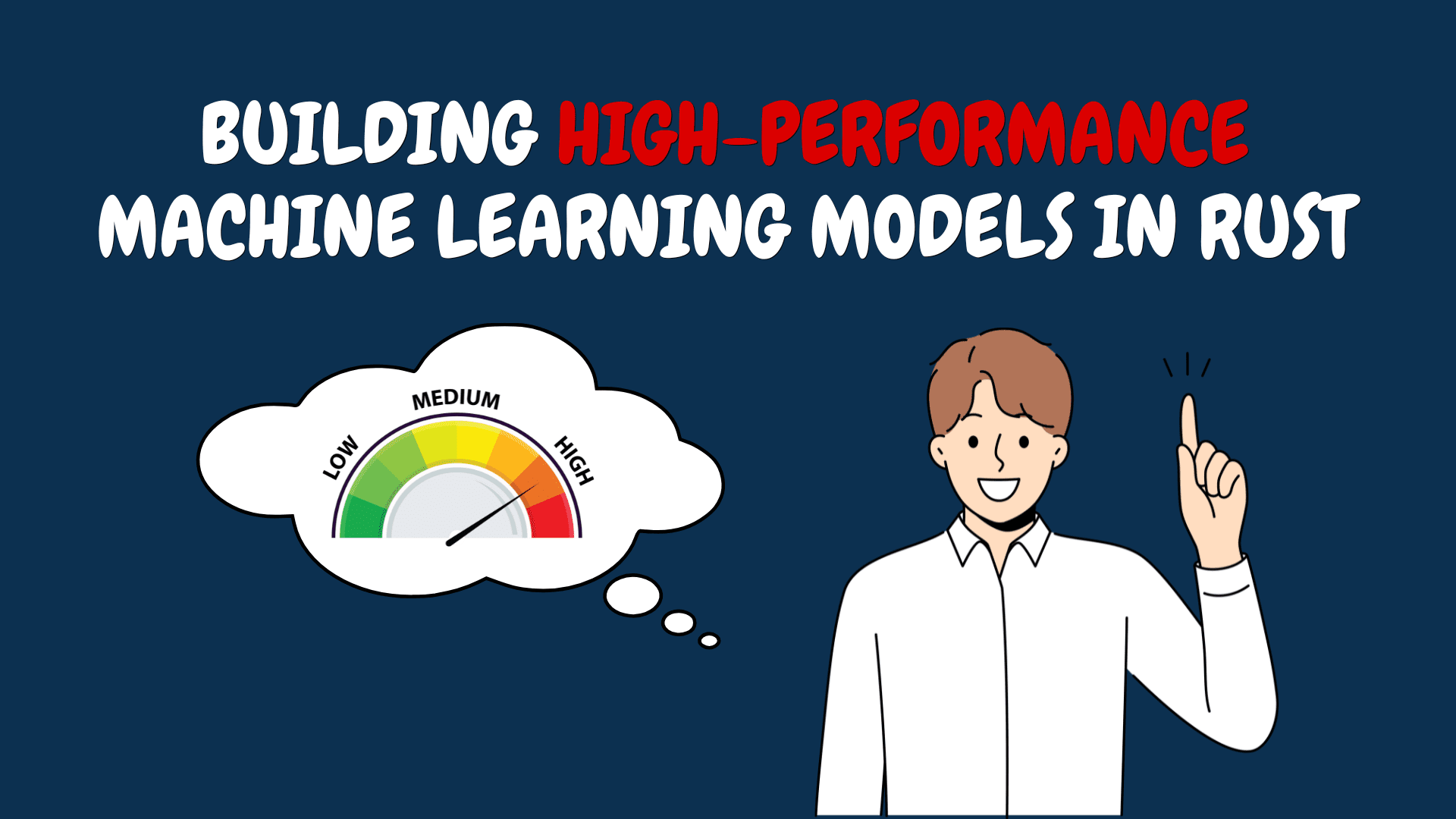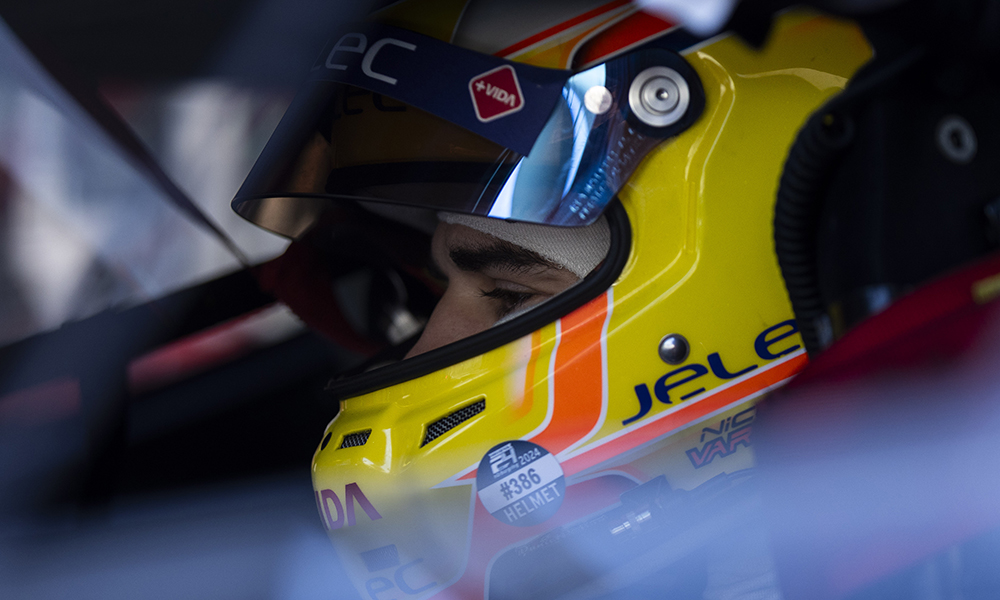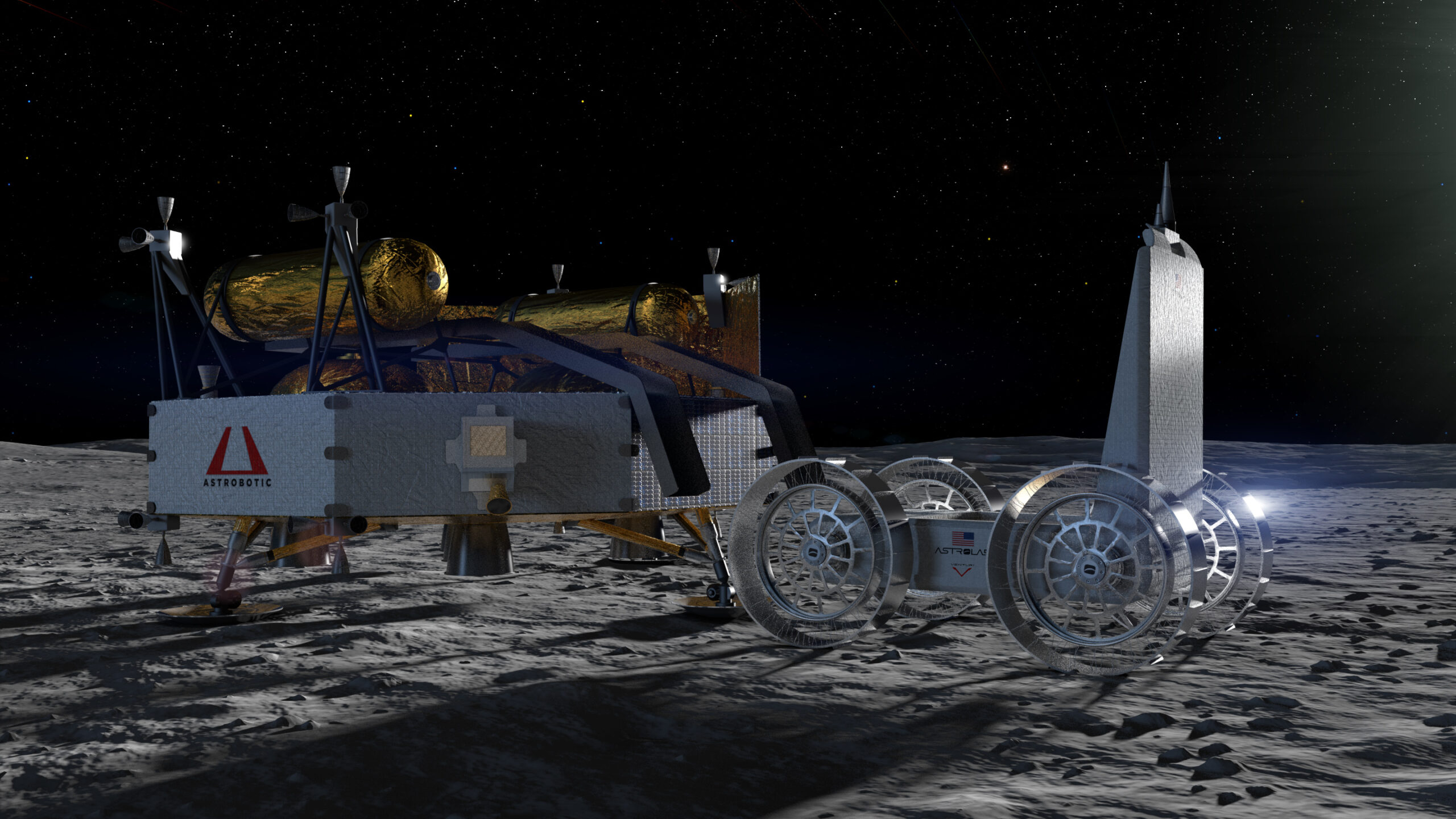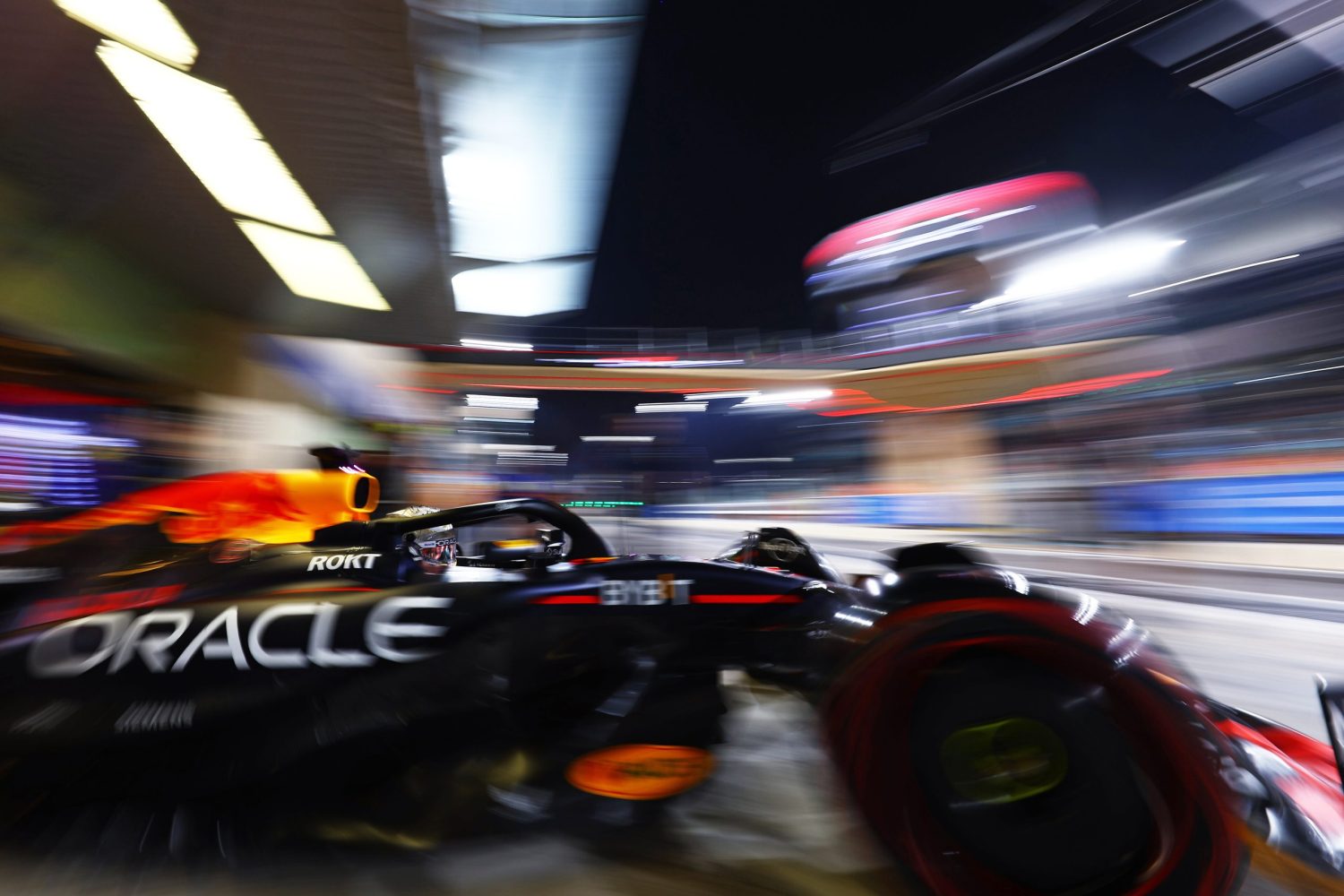How To Drift a 900-HP Audi on Ice Without Crashing
Racers know sliding a car is a sure-fire way of losing lap time and ruining the tires. It's a sin. But as it turns out, sinning is fun—especially in the most powerful Audi ever. The post How To Drift a 900-HP Audi on Ice Without Crashing appeared first on The Drive.

“Maybe we need to take your car in for service because the brake lights must be broken,” Stefan told me through my driver’s side window as I awaited another turn at the slalom. Little did I know he was being sarcastic. The veteran racing instructor responsible for many of the Audi Driving Experience centers across the globe was employing humor to remind me that if the car broke too sideways, my job was to do a staccato tap of the brakes to wrangle it back in.
I was too sideways. I did not use the brakes. Stefan let me have it.


I kept better control of the 2025 Audi RS E-Tron GT Performance as I zig-zagged through the cones my next time around. Unlike before, if I felt the rear getting away from me, I’d quickly tap the brakes and the tail would tuck back in just in time for the car to switch direction and start sliding again. A stab of the throttle to keep the momentum going, a flick of the steering wheel to make it rotate, another little tap of the brakes to keep it tidy, and I eventually managed to string four cones into a seamless R-L-R-L-R-L drift. Stefan smiled.
Despite reviewing cars for a living for a decade, I’ve never actually gotten into this sliding sideways business. And even after living in the snowy Midwest for 13 years, my sliding curriculum is limited to doing donuts at the Kroger parking lot. Don’t get me wrong, I love spirited driving, but I’ve never tried to be a drifter. I love speeding through corners, but never desired to kick the tail out. If you’ve read some of my stories over the last seven years, you already know I grew up road-racing shifter karts and other small open-wheel race cars. Unless extremely necessary on tight sprint tracks, sliding is a no-no, because when you’re chasing a lap time, breaking traction and/or causing additional tire wear is an outright sin. But as it turns out, sinning can be a whole lotta fun.



Ice Missile
I traded a cold and snowy Indiana for a cold and snowy Austria, though I was just grateful to see blue skies and, briefly, the sun. Instead of corn fields, however, there were imposing rocky mountains and tall trees heavy with fresh powder. My first foray into drifting would involve learning car control on ice—with a backdrop straight out of a James Bond movie. The machinery would be equally intimidating, too, given that my sled for the day was more like an ice missile. Powered by dual motors feeding off a 105-kWh battery, the 2025 Audi RS E-Tron GT Performance puts out a staggering 912 horsepower, which it expertly applied to the ground via its Quattro all-wheel drive and Nokian Hakkapeliitta winter tires with non-road-legal 7-mm studs. And by “ground,” I meant a solid layer of ice 10 inches thick.
After doing a reconnaissance lap to preview the first exercise of the day—and realizing how much under- and oversteer there is on ice—Stefan looked me and four other U.S. auto journalists dead in the eye and said, “Do not get close to the wall. Do not put the car into the wall.” Fair enough. But why can’t the walls be just a little bit farther away from the course?



Glacial Car Control 101
The first thing I had to understand about the art of sliding a car is that a good, controlled slide starts slow. “Walking pace,” Stefan kept reminding me, insisting that much like in racing, the proven theory for a five-star slide is “slow in, fast out.” Drivers instinctually want to floor it out of the gate and end up carrying too much speed when initiating the slide, which throws the car off balance and demands enormous skill to control. So, while Chris Forsberg can get away with it, most people certainly can’t.
Another major element of a controlled slide is timing. Not the time of day, of course, but the timing of the driver’s movements. On ice, and especially with studded tires, the process is slightly easier than, say, doing it on dry pavement with sticky summer tires. Either way, the first order of operations is a quick stab of the throttle. Not a vroooooom, but a vroom. Imagine you’re lifting your entire leg to stomp on a dirty cockroach on the floor and you drop it on the throttle. One quick, deliberate stomp. The shortness is crucial because it creates a quick spike in revs that sends a burst of power to the tires and forces the rear end to step out.



Per Stefan’s expert instruction, the order goes like this: Drive slowly, probably no more than 10 or 15 mph, take a wide line into the corner, quickly stomp the throttle, and feel the car rotate. It’s important not to rush into opposite lock because it exacerbates the spin. Wait for the car to break sideways cleanly and then control the angle of the slide with a combination of steering and throttle input—and, of course, the brakes if necessary.
Depending on the road or track layout you’re trying to navigate, forcing the car to abruptly break into a slide may involve something called the “Scandinavian flick.” Enthusiasts who watch rally racing or early Top Gear have probably heard of it before. And as it turns out, it’s not just a term Subaru stans wearing Monster Energy hoodies at car meets throw around to sound cool. It’s a real technique used to force a slide by quickly—and I mean very quickly—throwing the car off balance.
It’s a similar process as described above, but instead of starting the slide with the throttle, you start it by flicking the steering wheel very quickly in the opposite direction of the turn, then stomping on the throttle, and then following the same procedure I already mentioned. As a rookie who really had to pay attention to pull this off cleanly, I can’t express how important it is for these movements to be timed to perfection.



Audi Driving Experience: Austria Drift
After establishing the essentials of car control on ice, I moved from the basic slalom course to what is essentially a skid pad; a large, flat area with a small circle of cones in the middle. Here, the goal was to kick off the slide using the first method mentioned above (no Scandi flick) and perform a controlled drift, circling the cones for a minute or so. This is not the same as doing a donut, as the car performs a four-wheel slide over a large radius rather than pinning the front wheels and only spinning the rears.
I approached this exercise fully prepared to eat a big slice of humble pie, knowing that many moons ago I attempted this in rear-drive sports cars (in the dry) and it hadn’t gone so well. However, I had been given proper instruction this time around, so at least I had that in my favor. I gently rolled out of the gate while reminding myself “slow in, fast out,” and approached the circle ready to give it the schnitzel followed by a jab to the left. I felt the studded tires quickly break loose, the rear end gently swing right, and from then on it was all about balancing throttle input and steering angle. If the RS began to slide too far or too wide, I’d make sure to light up those taillights. If it felt like I was losing momentum, I’d bury my foot in the accelerator and listen for the sound of the studs shredding the ice. It wasn’t until 30 seconds later or so, that I realized that I was, at last, sliding in a perfect circle while a photographer snapped photos of me from inside the cone circle. A real Tokyo Drift moment.

This challenge was the second of five total exercises featured in the Audi Drive Experience’s advanced ice driving course. This program is based in Seefeld, Austria, and is open to the public every winter, giving enthusiasts an excuse to take a few days off to explore the Alpine region while honing their driving skills. Some people may be asked to complete a beginner ice driving course depending on skill level, but luckily—and maybe even scarily—Audi waived that requirement for me and threw me straight into the advanced program.
The third exercise was all about the Scandinavian flick, which I quickly came to terms with after doing the skid pad drift for 45 minutes. It was more or less the same sequence of actions plus the flick ahead of the big drift but performed clockwise instead of counter-clockwise. By that point, I began focusing more on understanding the dynamics of the RS and making every slide tidier and more controlled, something that would be necessary for the fourth exercise: The Dog Bone

Stefan described it as a “Figure 8” but I think of it more like a bone-shaped dog treat. I guess in some ways it’s like an 8 but without the crossover in the middle. Either way, I had already been sliding my assigned Audi for half a day, enjoyed a hearty lunch, and it was time to put my new skills to the test in a way that I frankly didn’t expect. The crew decided to send two cars into the Dog Bone, meaning that during every lap of the circuit, there would be two $170,000 EVs swinging their wide butts extremely close to each other. If you were to measure, the two cars were separated by a roughly six-foot gap between lanes, so if one—or worse—both cars slid wider than they should, it would be extremely easy for them to crash into each other.
After a couple of sessions of the Dog Bone, I was convinced that this was the most fun I had ever had behind the wheel of a car. I’ve gotten to drive NSXs on the Daytona road course (at night), thrashed a $750,000 Pro Drive P25 in England, and lapped Laguna Seca in an Audi R8 while tailing Tom Kristensen. Yet, the carefully choreographed waltz of two cars sliding from left to right, doing a 180-degree drift, then sliding left and right before doing another 180 is the most peaceful yet exciting time I’ve had in any car. Because the speeds aren’t that high—around 30 mph or so—you feel like you’re in a slow-mo film, and you can feel the chassis, the steering, and the tires doing their job.



I get it now. I finally understand why, ever since the car was invented, teenagers have attempted to woo the opposite sex with their automobile-sliding skills. Until recently, I had no such skills, but now I do. Too bad I’m already married.
I Am a More Complete and Safer Driver
You typically wouldn’t think of a 5,000-pound EV as nimble or communicative—especially a luxurious one with 912 hp, but the RS E-Tron GT Performance is all that and then some. It’s supremely comfortable and its heated seats and steering wheel were a welcome luxury during a day out on the ice. From Comfort to Dynamic mode, I explored most of its programmable drive settings through the various exercises, and it was a lot of fun feeling the varying levels of traction control, stability control, and how much freedom I enjoyed as a driver to really push the car. Must be all that rally, sports car, and endurance racing Audi DNA, I suppose.
That brings me to my final point: I’m convinced this driving course has made me a more complete and safer driver not only in terms of car control for track excursions but regular street driving, too. Knowing how to control a slide on snow or ice—whether voluntary or involuntary—is a vital skill if you often drive in such weather conditions. Knowing how to recover a rear end that is about to slide past the point of no return isn’t just cool, but could also be a life-saving skill.
If you live in the Indianapolis suburbs and see a Honda Civic (or Odyssey) doing mad drifts in the snow—it’s okay, I’m certified. Stefan literally gave me a piece of paper from Audi that says I’m a Qualified Advanced Drifter.

Email the author at jerry@thedrive.com
The post How To Drift a 900-HP Audi on Ice Without Crashing appeared first on The Drive.


